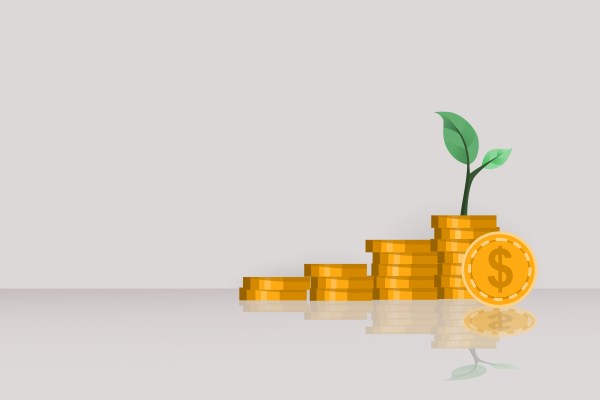Want to buy an EV or heat pump? New coin will help you defray the costs

Buy an electric car. Invest in a heat pump. Install an induction stove. They’re all measures that people can take to reduce their daily carbon emissions, and they’re all pretty significant cash outlays.
Over the next three decades, as the world lurches toward net zero emissions, expenditures like these will be unavoidable. For many people, they’ll happen when its time to swap out a car or when the old stove dies. Others will want to move more quickly. But no matter what, the experience can give a person sticker shock.
In the long run, though, many of those expenses can save people money. EVs are cheaper to own and operate after several years despite higher upfront costs. Induction stoves and heat pumps may cost more than natural gas equivalents, but they allow people to eliminate the monthly expense of a gas hookup.
Now, fintech startup Future wants to tip the scales further, TechCrunch has exclusively learned. The Techstars Boston alum currently offers a debit card that incentivizes climate-friendly purchasing behavior, and today it’s introducing a way to let people sell their own carbon credits.
Buying an EV? Switching to induction? Installing solar? A different reduction that’s similarly verifiable? FutureCoins will let people track each metric ton of carbon they save and either sell it or retire it (meaning no one can use it to offset their emissions). The coins, which will be tracked on a to-be-determined public blockchain, will sell at an initial price of $90 per metric ton.
“Part of what we want to do is make it crystal clear to consumers that carbon has a price. It’s valuable,” co-founder at CEO Jean-Louis Warnholz told TechCrunch. “Every action that you take — and you don’t see it — but somebody is paying that price. The price is external, and we’re basically bringing it front and center to consumers to inform everyday decisions.”
Warnholz was inspired to start Future when he was thinking about how to reduce his household’s carbon emissions. The easiest and most obvious answer would be to buy offsets, which are most often tree-planting schemes. He quickly soured on the idea, though.
“I realized that I could either figure out how to credibly plant over 7,000 trees and make sure that they thrive, they don’t burn and they don’t get cut down. Or I could just take decisive steps to reduce my carbon footprint and save money at the same time.”
He chose the latter. He bought an EV, installed solar panels and started buying devices, clothing and more secondhand.


